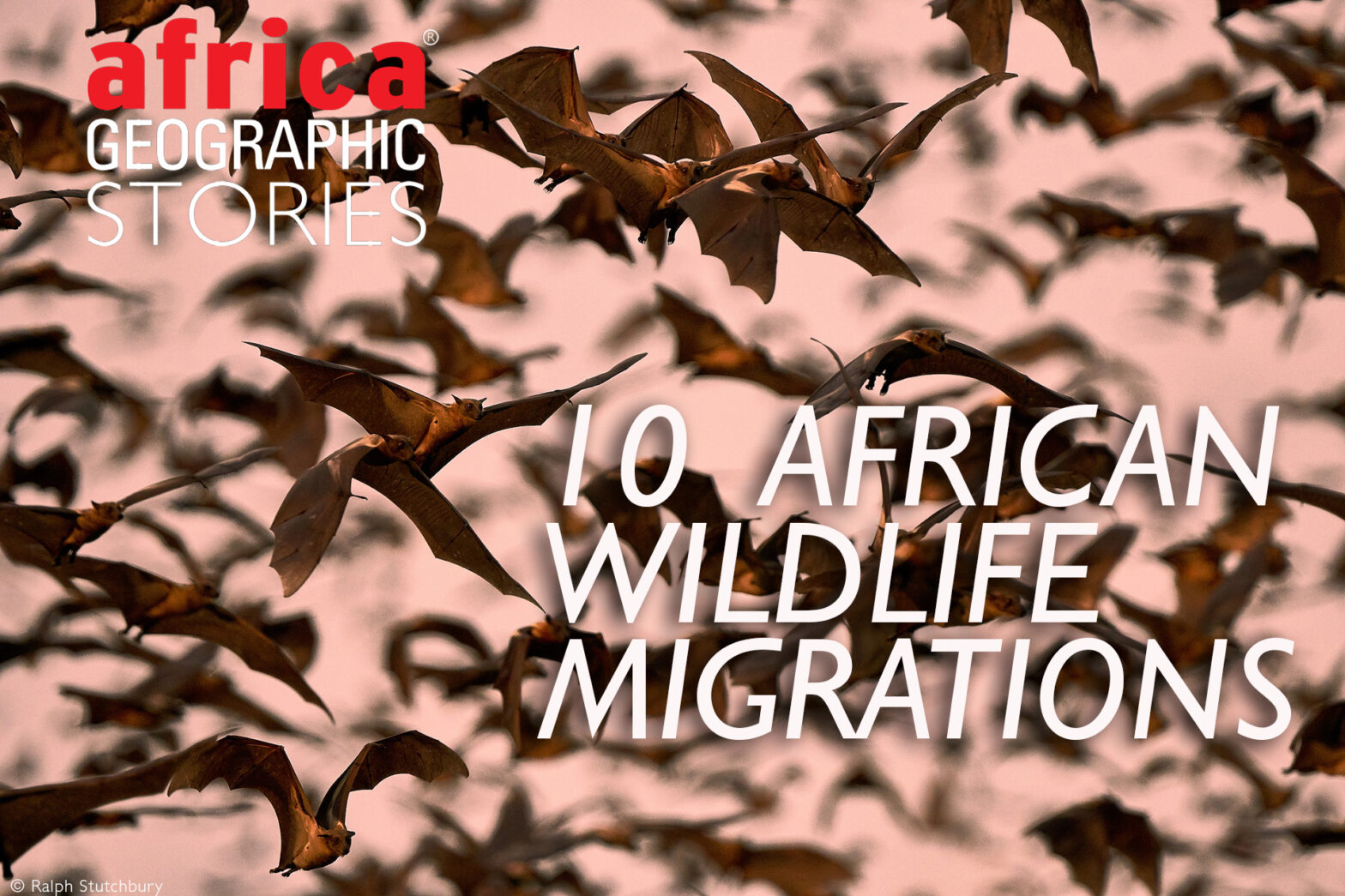
By Sanskriti Global Exports by Himanshu Gupta
Navigating the New Trade Nexus: EU FTA Progress, Digital Overhauls, and Shifting Global Tides
Date: 11 November 2025
In the relentless churn of global commerce, staying ahead requires not just information, but insight. Today’s developments present a pivotal moment for India's import-export community, marked by a significant diplomatic achievement, a major technological leap in domestic trade facilitation, and evolving market dynamics that demand immediate attention. A landmark breakthrough in the long-negotiated India-EU Free Trade Agreement (FTA) promises to unlock immense potential, while the government's new 'TradeConnect' portal aims to slash logistical friction. Coupled with revised freight forecasts and emerging opportunities in African markets, the message is clear: the landscape is changing, and proactive adaptation will be the key to success. This briefing provides a comprehensive analysis of today's key events and their direct consequences for your business.
Today's Factual Summary
Our desk has compiled and verified the most critical trade news developments from across the globe impacting Indian commerce:
1. Major Breakthrough in India-EU FTA Negotiations: After several rounds of intense negotiations, sources in both New Delhi and Brussels have confirmed a “principled agreement” on several contentious chapters of the proposed FTA. The breakthrough reportedly centres on a phased tariff reduction schedule for automotive components and a simplified, mutually-recognized set of 'rules of origin' for the textiles and apparel sector. While the final text is yet to be ratified, this development signals the strongest political will to date to conclude the ambitious trade pact, potentially by mid-2026. Officials have highlighted that the agreement on non-tariff barriers related to sanitary and phytosanitary (SPS) measures for agricultural products is also nearing finalisation.
2. Government Launches 'TradeConnect' Unified Digital Portal: The Ministry of Commerce and Industry today officially launched 'TradeConnect', a next-generation single-window clearance system. This ambitious digital platform integrates the services of Customs (CBIC), the Directorate General of Foreign Trade (DGFT), port authorities, and over a dozen other partner government agencies. Phase 1, launched today, features AI-powered risk assessment for faster customs clearance of low-risk consignments, integrated e-payment for all duties and fees, and real-time, end-to-end container tracking. The stated goal is to reduce cargo release times by up to 40% and significantly lower compliance costs for traders.
3. Global Shipping Lines Adjust Freight Forecasts: Leading container shipping line Maersk released its Q1 2026 market outlook, forecasting a 5-7% decline in average spot freight rates on the Asia-Europe routes due to easing port congestion and an increase in vessel capacity. However, this positive news is tempered by the introduction of a mandatory 3.5% 'Green Transition Surcharge' across all routes to finance the industry’s shift to lower-emission fuels. The net effect suggests a modest but notable change in landing costs for importers and cost structures for exporters, with an added layer of complexity in freight budgeting.
4. Report Highlights Surging Demand in African Markets: A new report from the Global Trade Monitor has identified a significant spike in demand for Indian engineering goods and pharmaceuticals in East and West African nations. The report cites major infrastructure development projects in countries like Kenya, Nigeria, and Tanzania as key drivers for the 22% year-on-year growth in demand for Indian-made construction machinery, power transmission equipment, and steel products. The pharmaceutical sector's growth is attributed to India's reputation as a reliable supplier of high-quality, cost-effective generic medicines.
Implications for Indian Import-Export Professionals
Translating these headlines into strategy is paramount. Here is our analysis of what these developments mean for your operations, starting now:
- EU FTA - Prepare for a Paradigm Shift: Exporters in the textiles, apparel, and automotive component sectors must immediately begin a strategic review. Start mapping your supply chains against the anticipated 'rules of origin' criteria to ensure compliance and eligibility for tariff benefits. Importers of European capital goods and machinery should start dialogues with their suppliers about the potential for phased tariff reductions and factor these into future procurement and costing models.
- 'TradeConnect' Portal - Embrace Digital Efficiency: Your logistics and compliance teams need to get trained on the new portal without delay. The promise of faster clearance for low-risk cargo means that a robust internal compliance and documentation process is now a direct competitive advantage. Smaller MSME exporters should particularly explore the portal's integrated features, which may reduce reliance on third-party intermediaries, thereby cutting operational costs.
- Freight Costing - Recalibrate Your Budgets: The net effect of lower base rates and a new green surcharge requires immediate recalculation of your Cost, Insurance, and Freight (CIF) values for Q1 2026. Do not assume a straightforward cost reduction. Engage with your freight forwarders to understand the precise impact of the new surcharge on your specific trade lanes. This is an opportune moment to negotiate fixed-rate contracts for the upcoming quarters to hedge against volatility.
- African Markets - Seize the Growth Opportunity: For engineering and pharmaceutical exporters, the Global Trade Monitor report is a clear call to action. It is time to intensify market research and potentially reallocate marketing resources towards burgeoning African economies. Review your distribution networks and consider partnerships with local agents in key hubs like Nairobi and Lagos. Participating in upcoming government-led trade delegations to these regions should be a high priority.
Conclusion: Proactivity is the New Currency
The events of November 11, 2025, are not isolated data points; they are interconnected signals of a global trade environment in dynamic flux. The potential opening of the vast EU market, coupled with a domestic push for unparalleled digital efficiency, offers a powerful springboard for growth. Simultaneously, the nuances of logistics costs and the rise of new export destinations demand agility and strategic foresight. For the discerning Indian import-export professional, the path forward is not one of reaction, but of proactive engagement. By dissecting these developments and integrating the implications into your operational and strategic planning today, you can position your enterprise to not just navigate the changes ahead, but to capitalize on them decisively.
Source: Original